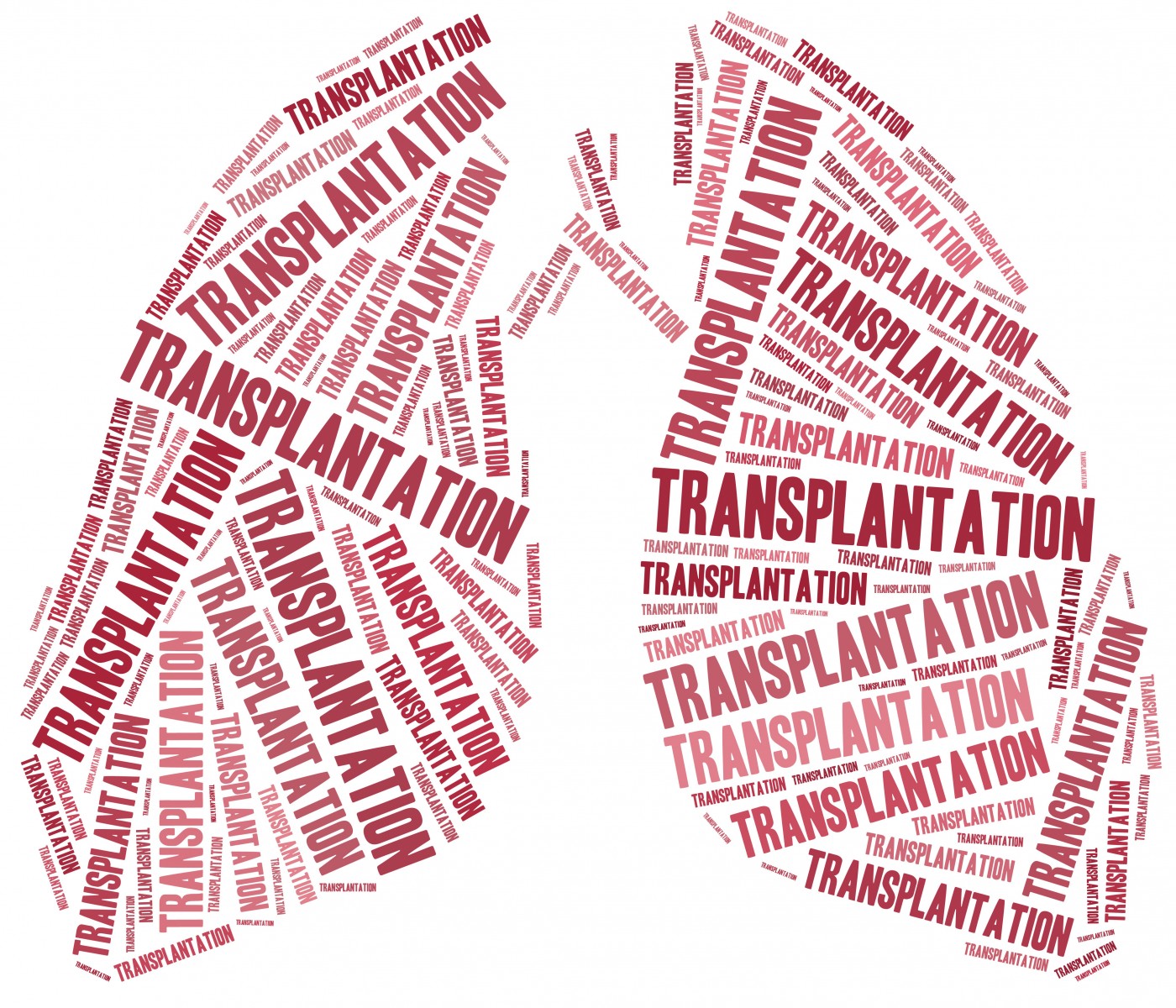PH Patients Given Higher Lung Transplant Priority with Revised LAS

 Patients with pulmonary hypertension who require a lung transplant are expected to move to higher priority on the wait list for a life-saving organ. On February 19, the Lung Allocation System, which is a means of prioritizing patients in need of a lung transplant, was modified to accommodate a number of policy changes that occurred over the course of many years.
Patients with pulmonary hypertension who require a lung transplant are expected to move to higher priority on the wait list for a life-saving organ. On February 19, the Lung Allocation System, which is a means of prioritizing patients in need of a lung transplant, was modified to accommodate a number of policy changes that occurred over the course of many years.
“The new Revised Lung Allocation Score (LAS), which was implemented on February 19, 2015, includes measures of heart function and heart failure that will result in a more accurate predicted risk of waitlist mortality for this population,” said Dr. Maryam Valapour, lead scientist for lung transplant at the Scientific Registry for Transplant Recipients (SRTR) and the Director of Lung Transplant Outcomes at Cleveland Clinic in the Department of Pulmonary Medicine at the Cleveland Clinic. “Once that was recognized, a mechanism was developed by the OPTN/UNOS to give patients with pulmonary hypertension with a high risk of mortality a higher LAS score by the national Lung Review Board. The new Revised LAS which was implemented on February 19, 2015 includes measures of heart function and heart failure that will result in a more accurate predicted risk of waitlist mortality for this population. Patients with pulmonary hypertension are expected to have higher LAS under the Revised LAS system.”
[adrotate group=”4″]
Dr. Valapour was lead author of the OPTN/SRTR 2013 Annual Data Report: Lung. The article was published in an American Journal of Transplantation Special Issue (Volume 15, Issue S2, pages 128, 2015 first published online: 27 January 2015 DOI: 10.1111/ajt.13200) According to the article, “Lungs are allocated to adult and adolescent transplant candidates on the basis of age, geography, blood type compatibility, and the lung allocation score.” The primary tool of the system is the (LAS), calculated using a collection of patient data such as functional status, the need for supplemental oxygen, and cardiac index.
“The original LAS system did not fully include all the parameters that capture the severity of illness and therefore risk of mortality of patients with pulmonary hypertension on the waiting list,” said Dr. Valapour in an exclusive interview with Pulmonary Hypertension News. “Once that was recognized, a mechanism was developed by the OPTN/UNOS to give patients with pulmonary hypertension with a high risk of mortality a higher LAS score by the national Lung Review Board.”
In addition to these changes, the Revised LAS will include total bilirubin (a yellowish pigment leftover from breaking down old red blood cells) in the calculation. Both current and historical values can be entered into the system, and using both will affect a patient’s LAS. Also new to the system is the way in which missing or expired data are handled. Previously, if functional status or assisted ventilation were left blank, a patient would receive an LAS of zero. Now, a default value will be used if data are not entered.
Patients with pulmonary hypertension have been shown to have high survival rates following a lung transplant — higher than those experienced by cystic fibrosis, pulmonary fibrosis, and bronchopulmonary dysplasia patients. However, it can be difficult to find a transplant for this population. “Patients with pulmonary hypertension almost always require a bilateral lung transplant; therefore, donors who can donate only a single lung are not suitable for pulmonary hypertension patients,” explained Dr. Valapour. “In that sense it is more challenging to find organs for patients with pulmonary hypertension than some others. However, the same can be said for patients with a number of other lung diseases such as cystic fibrosis who also require bilateral transplants.”
[adrotate group=”3″]
Compared to other patients who require a lung transplant, those with pulmonary hypertension represent 6.2% of patients awaiting a lung transplant in the United States, according to data from the OPTN/SRTR 2013 Annual Data Report: Lung.
Although pulmonary hypertension patients will shift to a higher priority for receiving lung transplants, individuals who are “next in line” for a lung transplant will not be pushed aside. “The Scientific Registry for Transplant Recipients models changes in the US organ allocation system in order evaluate the possible impact of all changes before they go into effect,” explained Dr. Valapour. “In simulations, the 30% of patients who were in front of the line for transplant were not impacted by the change in the LAS. Of course it is inevitable that some patients will have to wait longer for a transplant but they will likely not be the sickest among the waiting list patients.” She noted that the SRTR and the OPTN/UNOS will closely monitor the real-time impact of the Revised LAS, as these are simulations.







